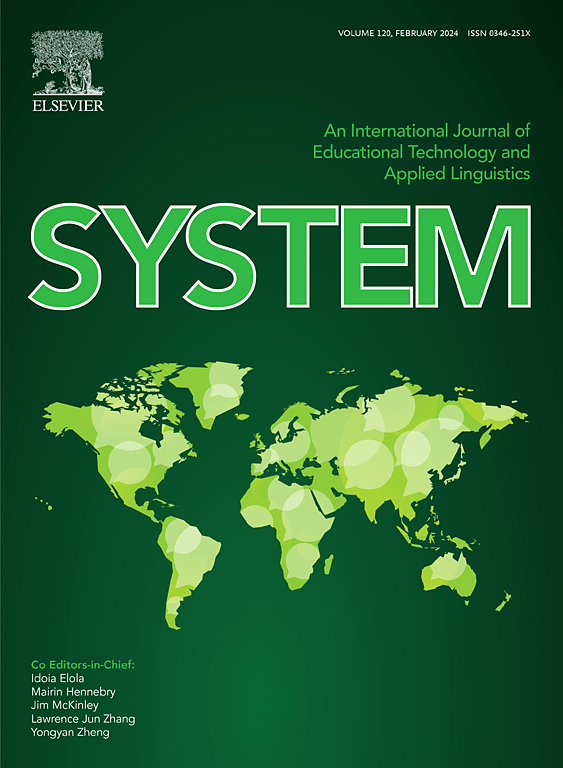亚临床酮症对奶牛内脏和皮下脂肪组织转录细胞多样性的依赖性影响
IF 6.5
1区 农林科学
Q1 Agricultural and Biological Sciences
引用次数: 0
摘要
脂肪组织在调节全身代谢健康中起着核心作用,由各种细胞类型及其广泛的功能促进。此外,在人类和动物模型中,脂肪组织的储存库特异性差异已被证明在不同的疾病状态中发挥重要作用,包括肥胖、糖尿病和代谢功能障碍。对于产后早期的奶牛,由负能量平衡引发的代谢功能障碍,通常表现为亚临床酮症(SCK)。然而,皮下(SAT)和内脏(VAT)脂肪组织储存库及其不同的细胞组成在亚临床酮症条件下发挥的作用尚不清楚。对5头哺乳期早期非酮症奶牛(NK; BHB≤0.8 mmol/L)和5头亚临床酮症奶牛(SCK; 1.4 mmol/L < BHB≤2.6 mmol/L)剖腹取腹侧SAT和网膜VAT。收集后,从组织中分离细胞核并进行单核RNA测序,以研究转录细胞异质性。在两个脂肪库中都发现了不同的脂肪细胞群(AD)、脂肪干细胞/祖细胞(ASPC)、免疫细胞(IMC)、内皮细胞(EC)和周细胞/平滑肌细胞(PE/SMC),与VAT相比,SAT中ASPC的丰度更高。此外,我们还发现了一种vat特异性AD亚型,其特征是祖细胞样标记基因的高表达。虽然所鉴定的细胞亚型的丰度在SCK和NK之间没有差异,但潜在的转录变化提供了对SCK潜在影响的深入了解。总的来说,SCK与促脂肪生成、抗炎和促血管生成的转录变化有关,这可能表明在负能量平衡增强的条件下,SAT具有更大的稳态反应能力。相反,SCK似乎促进了表明VAT中脂肪生成受损、血管生成受损和炎症增加的转录变化。独特的是,我们的研究对亚临床酮症奶牛脂肪组织的细胞异质性提出了新的见解。进一步了解脂肪组织在应对这种形式的代谢挑战中的作用,有可能加强旨在限制亚临床酮症发病率和影响的努力,并改善奶牛的健康和生产力。本文章由计算机程序翻译,如有差异,请以英文原文为准。
Depot-dependent effects of subclinical ketosis on visceral and subcutaneous adipose tissue transcriptional cellular diversity in dairy cows
Adipose tissue plays a central role in regulating whole-body metabolic health, facilitated by the variety of cell types and their wide-ranging functions. In addition, depot-specific differences in adipose tissue have been shown to play important roles in different disease states including obesity, diabetes, and metabolic dysfunction in human and animal models. For early postpartum dairy cattle, metabolic dysfunction, triggered by a negative energy balance, is often manifested as subclinical ketosis (SCK). However, the role that subcutaneous (SAT) and visceral (VAT) adipose tissue depots, and their diverse cellular compositions, play in the response to subclinical ketosis conditions is unclear. Flank SAT and omental VAT were collected via laparotomy from five non-ketotic (NK; BHB ≤ 0.8 mmol/L) and five subclinical ketosis (SCK; 1.4 mmol/L < BHB ≤ 2.6 mmol/L) multiparous cows during early lactation. Following collection, nuclei were isolated from the tissue and subjected to single-nuclei RNA sequencing in order to investigate the transcriptional cellular heterogeneity. Distinct clusters of adipocytes (AD), adipose stem/progenitor cells (ASPC), immune cells (IMC), endothelial cells (EC), and pericyte/smooth muscle cells (PE/SMC) were identified in both adipose depots, with a greater abundance of ASPC in SAT compared to VAT. In addition, we identified a VAT-specific AD subtype characterized by higher expression of progenitor-like marker genes. While the abundance of none of the identified cell subtypes were different between SCK and NK, underlying transcriptional changes provided insight into potential effects of SCK. In general, SCK was associated with pro-lipogenic, anti-inflammatory, and pro-angiogenic transcriptional changes, possibly indicating a greater capacity for homeostatic responsiveness in SAT under conditions of enhanced negative energy balance. In contrast, SCK appeared to promote transcriptional changes indicative of impaired adipogenesis, impaired angiogenesis, and increased inflammation in VAT. Uniquely, our study presents novel insight into the cellular heterogeneity of adipose tissue in dairy cattle with subclinical ketosis. Furthering our understanding of the role of adipose tissue in response to this form of metabolic challenge has the potential to enhance efforts aimed at limiting the incidence and impact of subclinical ketosis and improving the health and productivity of dairy cattle.
求助全文
通过发布文献求助,成功后即可免费获取论文全文。
去求助
来源期刊

Journal of Animal Science and Biotechnology
AGRICULTURE, DAIRY & ANIMAL SCIENCE-
CiteScore
9.90
自引率
2.90%
发文量
822
审稿时长
17 weeks
期刊介绍:
Journal of Animal Science and Biotechnology is an open access, peer-reviewed journal that encompasses all aspects of animal science and biotechnology. That includes domestic animal production, animal genetics and breeding, animal reproduction and physiology, animal nutrition and biochemistry, feed processing technology and bioevaluation, animal biotechnology, and meat science.
 求助内容:
求助内容: 应助结果提醒方式:
应助结果提醒方式:


